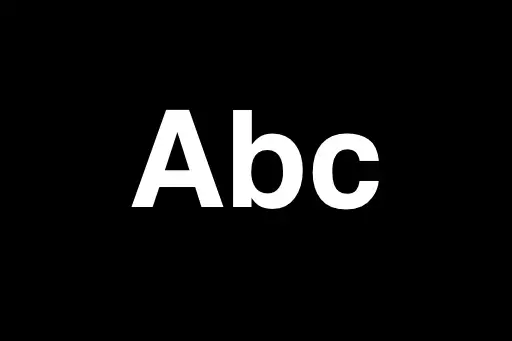⬅ Previous TopicDynamic Programming Technique in DSA
Next Topic ⮕Recursion Technique in DSA
Backtracking Technique in DSA | Recursive Search Strategy Explained - Visualization
What is the Backtracking Technique?
Backtracking is a recursive technique for solving problems incrementally, one piece at a time, and removing those solutions that fail to satisfy the problem's constraints as soon as possible. It is often used for constraint satisfaction problems like N-Queens, Sudoku Solver, Subset Sum, and Permutation Generation.
The basic idea is to build a solution step-by-step and go back ("backtrack") as soon as we determine that the current path cannot lead to a valid solution. It is essentially a depth-first search with pruning.
Key Characteristics of Backtracking
- Solves problems by exploring all potential candidates.
- Abandons a path as soon as it is determined to be invalid (pruning).
- Usually implemented recursively using DFS-style exploration.
General Backtracking Pseudocode
// Function to try all possible options
function backtrack(state):
if isSolution(state):
output(state)
return
for option in getOptions(state):
if isValid(option, state):
applyOption(state, option)
backtrack(state)
undoOption(state, option)
Explanation of Steps
- isSolution(state) — Check if the current state is a complete/valid solution.
- getOptions(state) — Generate all possible choices/options from the current state.
- isValid(option, state) — Check if the option is valid in the current state.
- applyOption(state, option) — Make the move (update state).
- undoOption(state, option) — Undo the move (backtrack to previous state).
Where is Backtracking Used?
- N-Queens Problem
- Sudoku Solver
- Generate All Subsets / Permutations
- Word Search in Grid
- Maze Path Finding
- Graph Coloring
Backtracking is powerful for problems with complex constraints and multiple solution paths. It’s particularly effective when combined with pruning techniques to skip unnecessary branches in the solution space.












Comments
Loading comments...